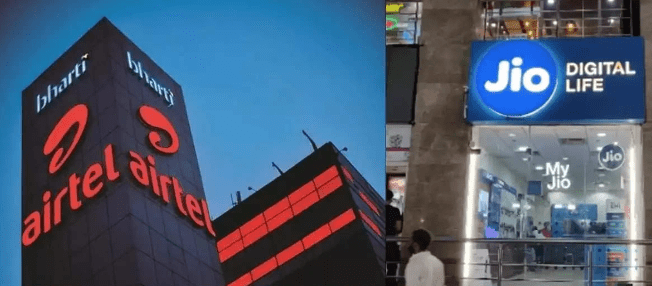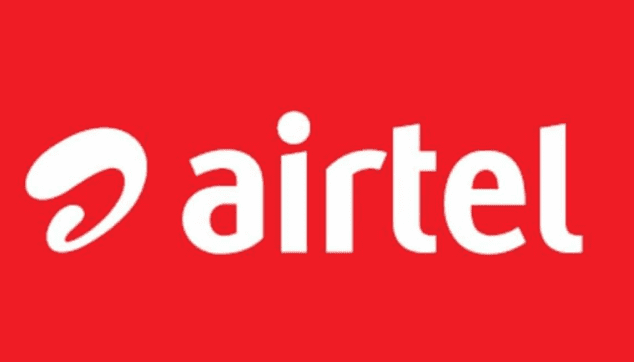Analysts have highlighted that Reliance Jio and Bharti Airtel, the top two telecom operators in India, are pursuing divergent and aggressive strategies for growth as competition intensifies in the sector. While both companies are targeting customers of financially strained Vodafone Idea in urban and rural areas, Airtel is focusing on premiumization to increase average revenue per user (ARPU). On the other hand, Jio is employing competitive pricing to expand its user base, particularly in the entry-level segments.

All About the Jio and Airtel Strategies
Citi analysts noted that while Airtel is clearly emphasizing premiumization, Jio remains committed to expanding its subscriber base. Analysts believe that both strategies serve dual purposes. Airtel aims to improve its 4G coverage in rural areas while protecting its post-paid customer base, while Jio seeks to expand its post-paid user base while retaining its significant entry-level user segment.
Earlier this year, Jio made a significant entry into the post-paid market by introducing competitively priced plans that offer family usage features and additional benefits, attracting customers with attractive offerings. The current number of post-paid users for the telco is estimated to constitute less than 3% of its overall user base. More recently, Jio launched the Jio Bharat phone, targeting the large 2G user market. This feature phone is expected to help Jio retain its JioPhone user base while upgrading them to 4G connectivity.

However, Jio’s latest strategy with the Jio Bharat phone may impact its blended ARPU negatively. According to analysts from Macquarie, the gains in subscribers driven by Jio Bharat are widely accepted but would dilute the blended ARPU.
The Jio Bharat phone primarily targets semi-urban and rural areas, as indicated by ongoing retail trials. Airtel also considers rural areas as part of its growth strategy and aims to upgrade 2G users to 4G by expanding its 4G infrastructure in these regions. Airtel will also focus on expanding its premium user base and increasing the average revenue through bundling and value-added services.

With intensified competition in the market, Vodafone Idea faces challenges in protecting its market share, both in rural and urban areas, due to a lack of significant fundraising. Vi’s CEO, Akshaya Moondra, previously stated that the company’s 5G rollout plans depended on raising funds. As Airtel and Jio aggressively strive to grow their user bases and ARPU figures, Vi is vulnerable to losing market share as it struggles to invest in network expansion.
While Airtel has implemented entry-level tariff hikes across all circles and is unlikely to reverse them even after Jio’s aggressive entry-level play with the Jio Bharat phone, Vodafone Idea may have to reconsider similar activities it is currently undertaking. Non-data subscribers contribute a significant portion of Vi’s wireless revenue, and the company may need to adopt a more cautious approach to further tariff hikes at the lower end.








